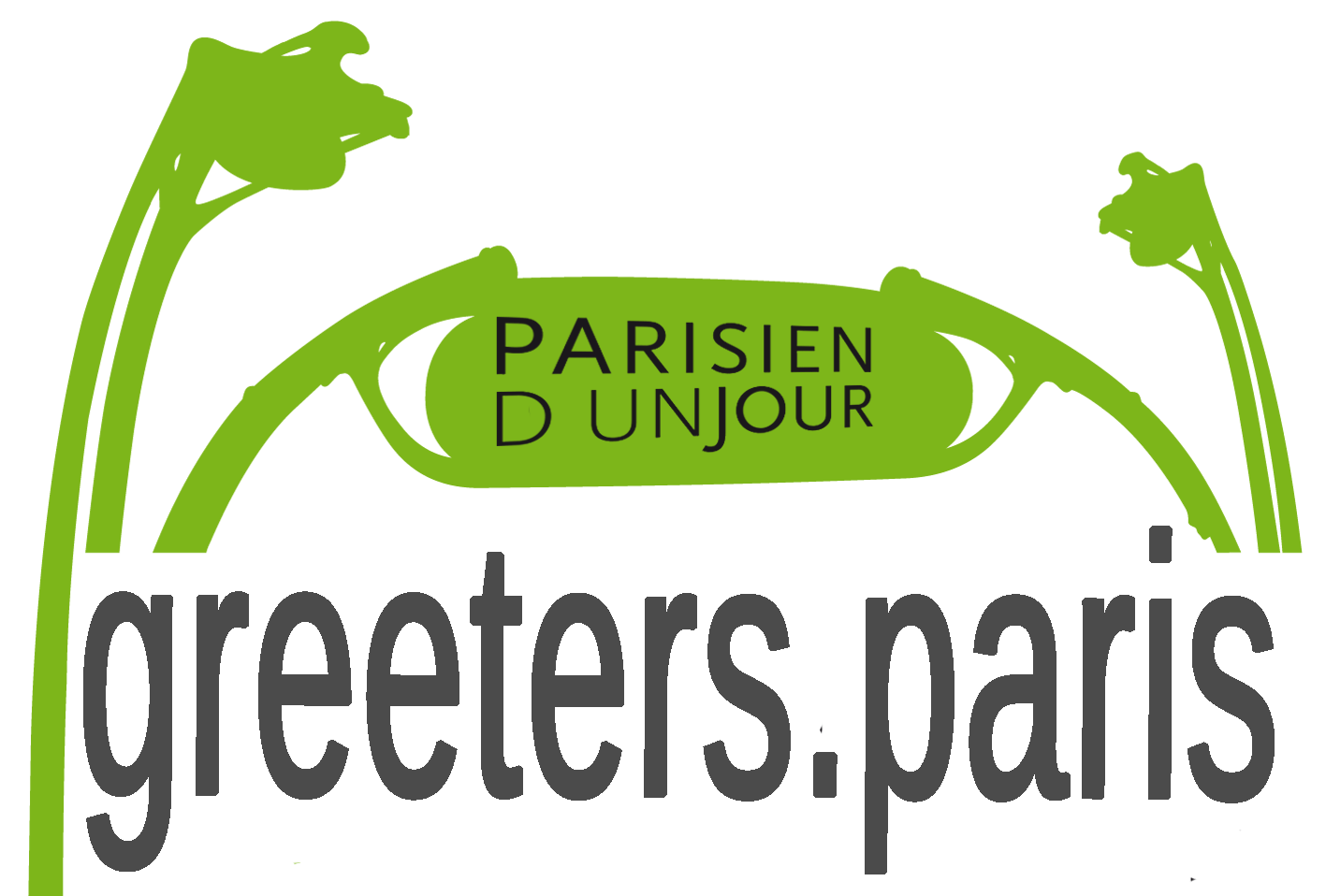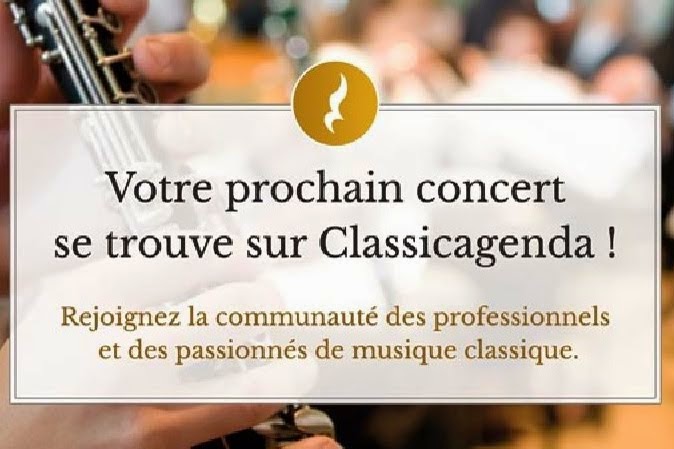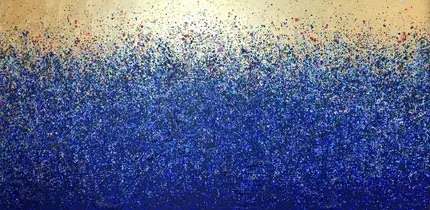Almost
seven years ago I posted about the Chartres Cathedral (and also about the town),
so I will try not to repeat myself too much here…,
… only to
say that the renovation, the cleaning process of the cathedral, is ongoing - see the contrast between dark and light in the top picture.
Some people seem to be against, finding that the fantastic blueish windows are
in less contrast when the walls have been cleaned – and some colours also
appear.
I had the privilege
to meet Mr. Malcolm Miller, who has been giving tours of the cathedral for the
last almost 60 years and has lectured on it at a number of French and foreign
universities. He is a clear defender of the restoration work and he had no
difficulties to make me agree. It may be difficult to know exactly what it all
looked like when the cathedral stood ready during the 13th century,
but it’s obvious that the darkness of the walls that we have been used to see to
a large extent basically is “pure filth”. Most experts – and visitors – now seem
to agree that the renovation which will last for another one or two years, is a
good thing.

Visiting
the cathedral with Mr. Miller means also that you learn to discover some
details of some 176 (186?) stained glass windows, almost all original and medieval.
Some windows are actually as old as from about 1150 - parts of an older church
which burnt down were saved and incorporated when the new building work started
in 1194. This refers e.g. to the “Jesse”, the “Incarnation” and the “Passion
and Resurrection” windows.
These
windows can be found on the west façade, which thus was there already as part of the previous church. These sculptures and reliefs are thus considered to date from around 1145-50. By
the way, the south tower is also from that period, whereas the north tower got
its present shape only some 400 years later.
Some views
from the other facades.
Here we can
see the 13th century north and south rose windows…
… and some details
from other windows...
... where we can discover, Adam, Eve… One theory is of course that
the windows also are there to tell the stories of the Bible, considering that they were made when most people couldn’t yet read.
The floor labyrinth is from 1205. If you follow the trace, you will have to walk almost 300 meters
(964 ft).
The choir
screen, also partly cleaned, is more recent – 16th to 18th
centuries.






































































